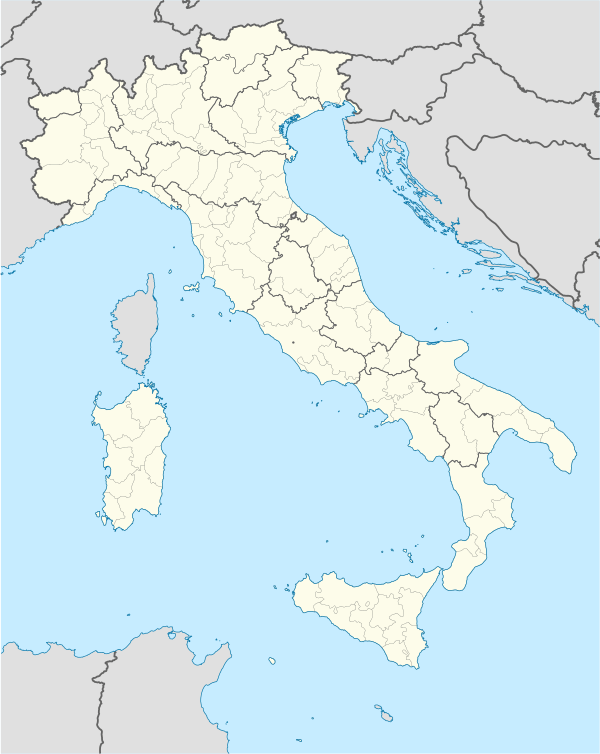Lusignano (Albenga)
| Lusignano | |
|---|---|
| Frazione | |
 Lusignano Location of Lusignano in Italy | |
| Coordinates: 44°02′49″N 8°10′19″E / 44.04694°N 8.17194°E | |
| Country |
|
| Region | Liguria |
| Province | Savona |
| Comune | Albenga |
| Elevation | 20 m (70 ft) |
| Population | |
| • Total | 900 |
| Demonym | |
| Time zone | CET (UTC+1) |
| • Summer (DST) | CEST (UTC+2) |
| Postal code | 17031 |
| Patron saint | Margaret the Virgin |
Lusignano (or lüxignan in Ligurian) is a hamlet in the municipality of Albenga, in the province of Savona, Italy. It is located about 4 km from the town of Albenga in a narrow strip of plain between the river Centa and the foothills bordering the plain to the south. The mountains are called the rock of pistulè. The name derives from the fundi rustic as Antognano, Aregliano, Velirano, Verano, all large-scale and exploiting the fertile plain.
The country is crossed by a river named Rio Carpaneto. The town developed along the ridge with a rather complex system, likely evidence of a more ancient origin than the other city of the plain.
During the excavations for the construction of a new residential complex in the region of in Rusineo, there were the ruins of a Roman villa of considerable size, which indicates a Roman presence in the area.
Geography
Lusignano is in the first interland of Albenga, in the west Riviera. Its historical part is on the hills, including the parts of the expansion, to broaden the town boasts the surrounding plan. In the end of 20th century there was an expansion of cottages in the surrounding area. However, the significant part coincides with the historical part, that is developed with a main street,Via Enrico D'Aste. It starting from the bottom tapering through the village, on its way this is different squares, also of limited size. The upper part of the route has been subject to redevelopment in 2011 with a project and funds from the Region of Liguria.[1] The character is a village built on sloping ground, in the valley of the Rio Carpaneto. The landmark of the country is definitely the bell, even if it is dominated by the presence of the nearby Mount Pisciavino.
See also
References
- ↑ Raiko Radiuk. "Lusignano d'Albenga". Lusignanoalbenga.blogspot.it. Retrieved 2013-01-14.
Bibliography
- Lamboglia Nino, Albenga romana e medioevale, Ist. Inter. Studi Liguri, Bordighera 1966
- Costa Restagno Josepha, Albenga, Sagep Editrice,1985